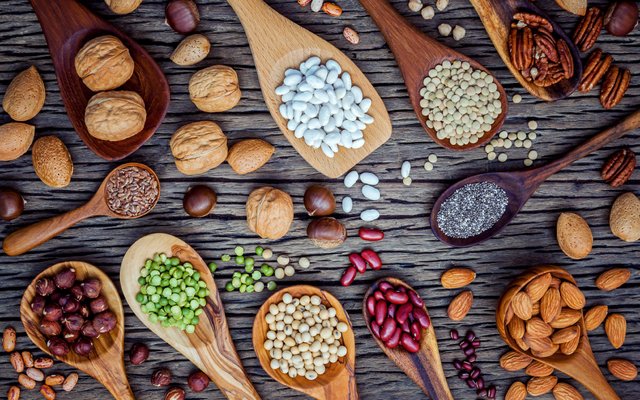Dietary Fiber Market 2023-2028: Size, Share, Growth, and Research Report
According to the latest report by IMARC Group, titled “Dietary Fiber Market: Global Industry Trends, Share, Size, Growth, Opportunity and Forecast 2023-2028,” offers a comprehensive analysis of the industry, which comprises insights on the global dietary fiber market. The report also includes competitor and regional analysis, and contemporary advancements in the global market.
The global dietary fiber market size reached US$ 8.4 Billion in 2022. Looking forward, IMARC Group expects the market to reach US$ 12.8 Billion by 2028, exhibiting a growth rate (CAGR) of 7.4% during 2023-2028.

Dietary fibers are indigestible carbohydrates that are found in plants, fruits, nuts, and vegetables. There are two kinds of dietary fibers, including soluble and non-soluble forms, in which soluble fibers facilitate weight loss, give a feeling of satiety, and control cholesterol and blood sugar levels in the body. On the other hand, insoluble fibers absorb water to normalize bowel movements and ensure the proper functioning of the stomach and intestines. It provides various benefits, such as transporting body waste, reducing the risk of diabetes and heart diseases by decreasing blood sugar and cholesterol, and helping in maintaining weight. It also aids in preventing duodenal ulcers, irritable bowel syndrome (IBS), hemorrhoids, and constipation.
We are regularly tracking the direct effect of COVID-19 on the market, along with the indirect influence of associated industries. These observations will be integrated into the report.
Request Free Sample Report: https://www.imarcgroup.com/dietary-fibre-market/requestsample
Global Dietary Fiber Market Trends:
The increasing demand for healthy products among the masses is driving the global market. Moreover, the growing prevalence of gastrointestinal diseases and lifestyle ailments, such as obesity and diabetes, are contributing to the market. In response to the escalating demand, numerous leading players are focussing on extensive research and development (R&D) activities to develop dietary fiber supplements that help in the treatment of several disorders, which, in turn, is creating a positive market outlook. Apart from this, the rising consumption of protein supplements, including whey protein, and increasing availability of plant proteins, such as pumpkin seeds, spirulina, soybeans, hemp, rice, and peas, are providing a boost to the demand. Other factors, including increasing health consciousness among individuals and shifting lifestyle preferences of the masses, are also impacting the market.
Explore Full Report with TOC & List of Figures: https://www.imarcgroup.com/dietary-fibre-market
Competitive Landscape:
The competitive landscape of the market has been studied in the report with the detailed profiles of the key players operating in the market.
Some of these key players include:
- Archer Daniels Midland
- Cargill Inc.
- DowDuPont
- FutureCeuticals
- Grain Processing Corporation
- Ingredion Inc.
- Kerry Group
- Lonza Group AG
- Nexira SAS
- Roquette Frères
- Südzucker
- Tate & Lyle
Breakup by Type:
- Soluble Dietary Fiber
- Inulin
- Pectin
- Polydextrose
- Beta-glucan
- Others
- Insoluble Dietary Fiber
- Cellulose
- Hemicellulose
- Chitin & Chitosan
- Lignin
- Fiber/Bran
- Resistant Starch
- Others
- Fruits and Vegetables
- Cereals and Grains
- Legumes
- Nuts and Seeds
- Functional Foods and Beverages
- Pharmaceuticals
- Animal Feed
- Others
- North America (United States, Canada)
- Asia Pacific (China, Japan, India, Australia, Indonesia, Korea, Others)
- Europe (Germany, France, United Kingdom, Italy, Spain, Others)
- Latin America (Brazil, Mexico, Others)
- Middle East and Africa (United Arab Emirates, Saudi Arabia, Qatar, Iraq, Other)
- Market Performance (2017-2022)
- Market Outlook (2023-2028)
- COVID-19 Impact on the Market
- Porter’s Five Forces Analysis
- Historical, Current and Future Market Trends
- Market Drivers and Success Factors
- SWOT Analysis
- Structure of the Market
- Value Chain Analysis
- Comprehensive Mapping of the Competitive Landscape
- Preface
- Scope and Methodology
- Executive Summary
- Introduction
- Global Market
- SWOT Analysis
- Value Chain Analysis
- Price Analysis
- Competitive Landscape